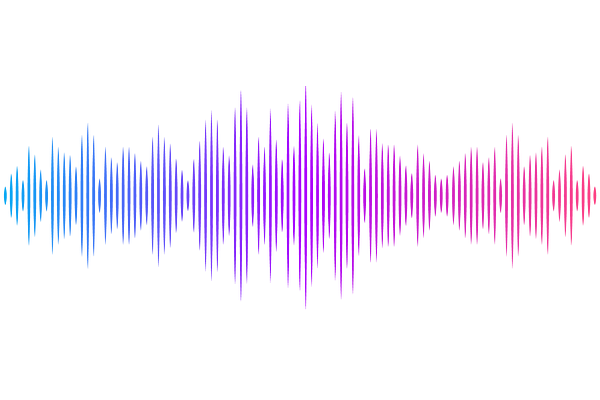In Vivo Plasmonic Enhancement of the Photocycle Dynamics and Fluorescence of Genetically Encoded Voltage Indicators

In Vivo Plasmonic Enhancement of the Photocycle Dynamics and Fluorescence of Genetically Encoded Voltage Indicators
Locarno, M.; Dong, Q.; Meng, X.; Glessi, C.; Hettema, N.; Brandsma, N.; Blokhuizen, S.; Castaneda, A.; Schmidt, T.; Ganapathy, S.; Post, M.; van Roemburg, L.; Xu, B.; Cho, C.-T.; Laan, L.; Chien, M.-P.; Brinks, D.
AbstractThe promise of voltage imaging using Genetically Encoded Voltage Indicators (GEVIs) as a neuroscientific technique is hampered by GEVI limitations in brightness, response speed and sensitivity. Biochemical approaches like protein design and evolution are typically used to try and overcome these limitations, but suffer from the large number of possible proteins and mutations in the various GEVI families. Here we approach this problem in a physical way and report that plasmonic coupling to nanoparticles manipulates and enhances the photodynamics and fluorescence of GEVIs in live cells. We designed an optimal nanostar shape for plasmonic coupling through Finite-Difference Time-Domain (FDTD) computational models. We synthesized and characterized the resulting particles and quantified their influence on the brightness, voltage sensitivity, and response speed of the GEVI QuasAr6a. We incorporated the plasmonic enhancement into Markov chain photocycle models of Quasar6a, showing manipulation of both the light-dependent state transitions in the protein and of excited state fluorescence and paving the way for plasmonically enhanced voltage imaging.